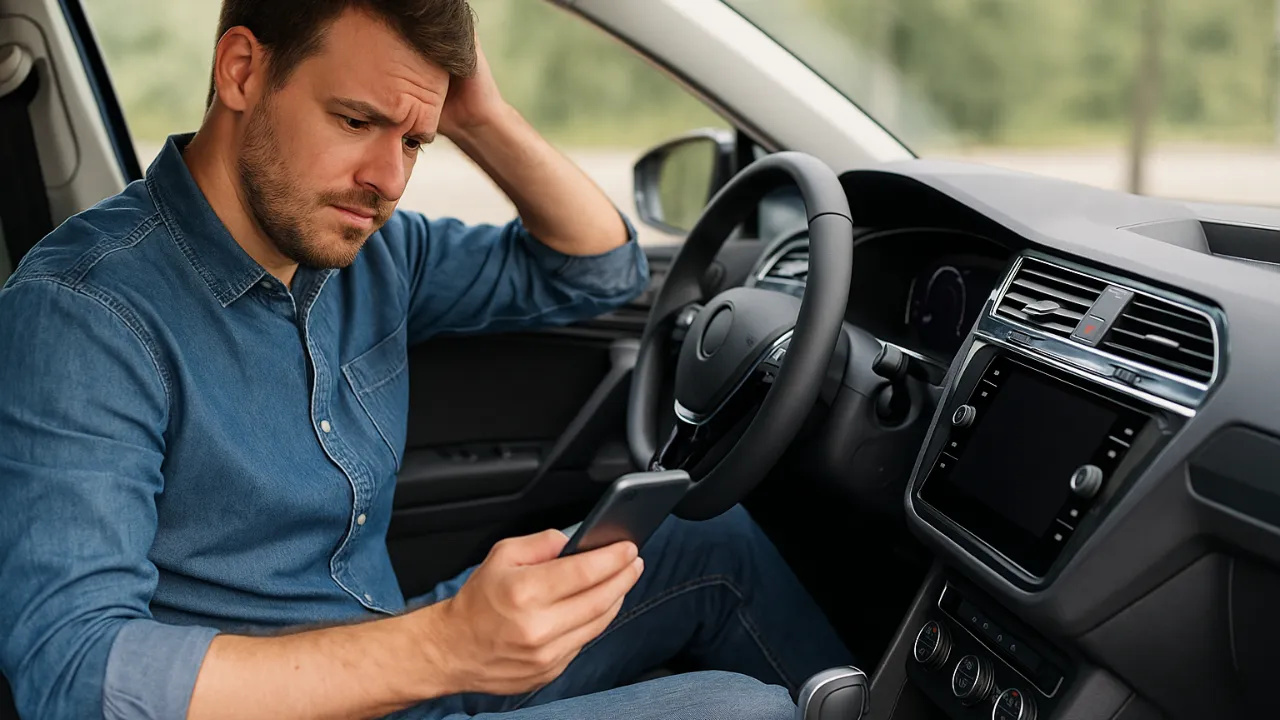Automotive
Imagine buying a new, high-tech car, packed with screens, only to discover it no longer supports Apple CarPlay or Android Auto. That’s what’s about to happen with Chevrolet’s new models. The decision caught many by surprise and raised an important question: how will drivers pair their phones now?
The answer involves profound changes in the way automakers view the modern car — and also in the relationship between you, your smartphone, and the vehicle’s dashboard.
The reason may seem technical, but it’s also strategic. Chevrolet, part of General Motors (GM), has decided to go its own way. The automaker wants to stop relying on Apple and Google systems and create a 100% proprietary platform, more integrated with the car and with complete control over the user experience.
Regular, premium, or premium gasoline? Find out why the wrong choice increases fuel consumption and engine wear.
Gas station is closed in São Paulo for deceiving customers with adulterated gasoline with 67% ethanol
Europe allows drivers to have a driver’s license at 17: young people will be able to drive with supervision and stricter rules against alcohol and not wearing a seatbelt
Princess Diana’s red Mercedes-Benz SL 500 R129 — a $130 convertible with a 322-hp V8 engine, introduced in 1989 and the first foreign royal car to defy royal protocol
In other words, instead of mirroring your phone’s screen on the dashboard—like Apple CarPlay and Android Auto—new cars will have their own system, which already comes with apps and features similar to those on your phone. But everything runs directly on the vehicle’s system, without the need for anything to be connected.
The idea seems modern, but it’s divisive. On one side, GM claims the new system will be faster, safer, and crash-free. On the other, many drivers feel they’re missing out on something familiar—that convenient way to plug in the cable and see Waze, Spotify, and messages on the car’s screen.
Chevrolet’s new system will be based on Android Automotive, a version of Android designed to run inside cars, without relying on a smartphone. This means Google Maps, YouTube Music, and even Google Assistant will be available directly on the multimedia center, even if you don’t use Android on your smartphone.
For iPhone owners, the change may seem even more radical, as Apple CarPlay will no longer work. But GM promises that you’ll still be able to connect your phone via Bluetooth and access basic functions like calls and audio. Everything else—like maps and voice assistants—will be handled by the car’s system.
The promise is a more “automotive” and less “mirrored” experience. In practice, you’ll be able to give voice commands, receive directions, and listen to music, all without having to touch your phone. The car will literally become a smart device on wheels.
Behind this change, there’s also an issue few discuss: data control. While Apple CarPlay and Android Auto belong to technology companies, the new system will give GM direct access to information about routes, preferences, and app usage—which could help improve services and, of course, open up new business opportunities.
This could mean automatic updates, new apps, and even subscription packages in the car. Something similar to what already happens on smartphones, but now adapted to the daily routine of drivers. It’s a global trend that promises to transform the dashboard into a kind of “digital hub.”
The question many drivers have is: “How do I pair my phone now?” The answer is simple, but different from what was done previously. In the new Chevrolet models, the connection will be made primarily via Built-in Bluetooth and Wi-Fi, and no longer via USB cable.
You’ll only be able to use your smartphone to mirror notifications, calls, and playlists. Everything else will be handled by the car’s system. Instead of opening Waze on your phone, for example, you’ll open Google Maps directly to the vehicle’s control unit — which will use its own data connection.
In practice, the cell phone will continue to be part of the experience, but no longer the center of it. The car will become the new “main device.”
Chevrolet’s decision demonstrates how the automotive industry is shifting toward a model in which the car behaves more like a computer than a machine. This may generate resistance at first, but it’s the kind of change that ultimately defines the future.
Perhaps, in a few years, the question “does it have Apple CarPlay and Android Auto?” will no longer make sense — because all systems will be integrated by default, without the need for cables or mirroring.
CEO of G4 Communications and Marketing. Passionate about cars and the internet. A web-savvy person. Digital content creator.
© 2025 Click Oil and Gas – All rights reserved
This website uses cookies to improve user experience. Learn more












